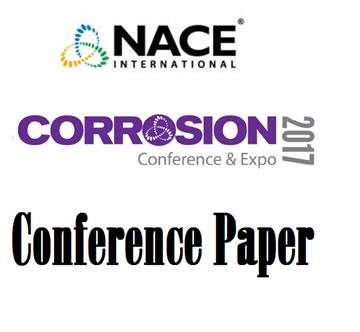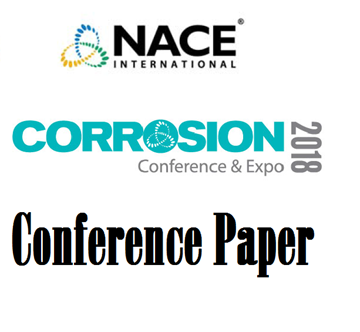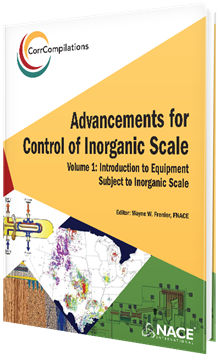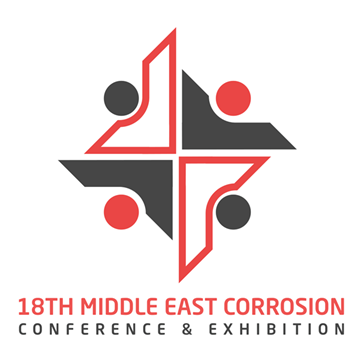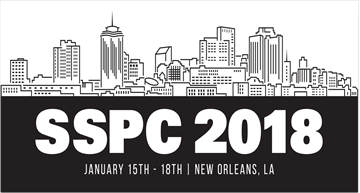Search
Products tagged with 'root cause analysis'
View as
Sort by
Display
per page
51317--9742-Root Cause Analysis of an Upstream Pipeline Failure Due to Multiple Operating Factors
Product Number:
51317--9742-SG
ISBN:
9742 2017 CP
Publication Date:
2017
$20.00
51318-10869-Failure Analysis for a Piggable Pipeline Through ICDA Methodology
Product Number:
51318-10869-SG
Publication Date:
2018
$20.00
51318-11043-Failure of Fixed-Roof Tank Center Support Column from an Eocene Wash Tank Within Partitioned Zone (Kingdom of Saudi Arabia and Kuwait).
Product Number:
51318-11043-SG
Publication Date:
2018
$20.00
CorrCompilation: Advancements for Control of Inorganic Scale, Volume 2 (e-book)
Product Number:
37649-e
ISBN:
978-1-57590-392-7
$125.00
CorrCompilation: Advancements for Control of Inorgranic Scale, Volume 1 (e-book)
Product Number:
37648-e
ISBN:
978-1-57590-391-0
Publication Date:
2019
$125.00
Premature Failure of Copper Nickel Tubes Due to Microbiologically Influenced Corrosion (MIC) -A Case Study
Product Number:
MECC23-20150-SG
Publication Date:
2023
$20.00
THE IMPACT OF COATING SYSTEMS ON THE TECHNOLOGY REQUIRED TO SUSTAIN US AIR FORCE SYSTEMS DoD
Product Number:
51218-151-SG
Publication Date:
2018
$20.00

